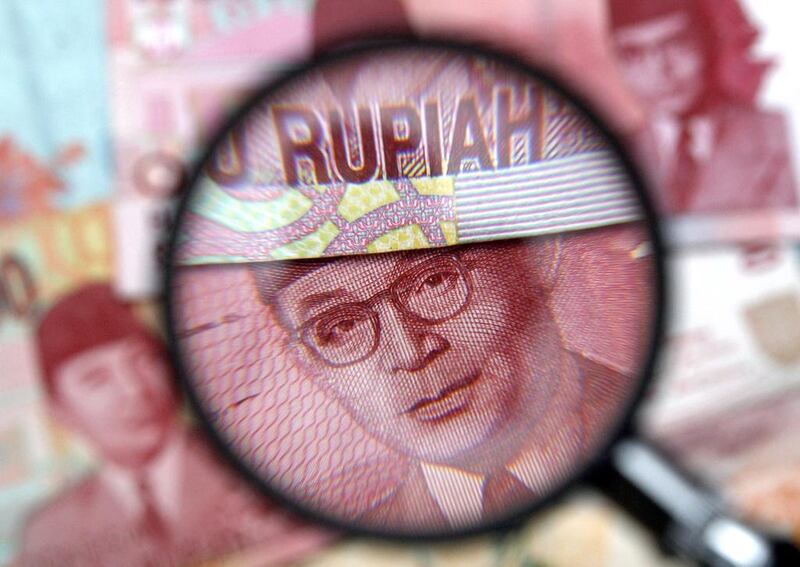The Indonesian rupiah is printed and managed by the Indonesian central bank and is referred to as the “perak” by Indonesians.
The name “rupiah” originated from the word “rupee”, the national currency of India. During the Dutch colonial era from 1610 until 1817, the national currency used in the country was the Dutch guilder. The rupiah was formally introduced during the Japanese occupation during the Second World War, replacing the Dutch East Indies guilder.
After the war the Indonesian central bank introduced the Java rupiah as the new currency. At the same time the guilder used by the allies and several other informal currencies introduced by Indonesian guerilla groups were still in use.
On April 8, 1947, the governor of the Sumatra province introduced its own Sumatra rupiah currency.
On November 2, 1949, four years after independence, the Indonesian government officially made the rupiah the nation’s new national currency. The neighbouring Riau islands and West Irian had their own rupiah currencies for a while, but they were eventually abolished in 1964 and 1974, respectively.
Due to mismanagement of the economy, severe inflation plagued Indonesia in the 1950s and prices tripled in the period between 1953 and 1959. The president, born Kusno Sosrodihardjo but who went by the name Soekarno, at that time had to replace the governor of the central bank before being able to implement his decision to devalue the currency by 75 per cent on August 1, 1959. In addition, 500 and 1,000 rupiah notes were devalued 90 per cent on 24 August 1959 to 50 and 100 rupiah, resepctively. As of September 1959, the largest note in circulation Indonesia was of 100 rupiah.
However, rampant inflation kept raging in the country, rocketing from 27 per cent in 1961 to 600 per cent in 1965. During the Indonesian political turmoil of 1965 the “new rupiah” was introduced, which reflected a devaluation of 1,000 units to one unit.
In 1968, a new government led by president Suharto came into power and Bank Indonesia was given the sole right to issue banknotes ranging from 1 to 1,000 rupiahs. In 1970, the Indonesian central bank added 5,000 and 10,000 rupiah banknotes and also coins ranging from 1 to 100 rupiah as it fought to gain control of inflation.
However, the fall of Mr Suharto in 1998 coincided with the end of the relative strength of the rupiah and its value tumbled 80 per cent. This led to the introduction of political reforms in the country.
Today, the rupiah can be exchanged freely in the markets, but due to the once again high inflation rate in the country, buyers and sellers in the market are concerned about suffering losses on transactions.
In August 2010, the central bank proposed to redenominate the rupiah, meaning 1,000 rupiahs would become1 rupiah. This policy plan is intended to simplify daily transactions, which usually run into huge numbers of rupiahs.
The current new governor of the central bank who took over in the summer, Agus Martowardojo, seems to be continuing in that direction. However, the move will probably not be completed before 2015 at the soonest and more likely by 2020.
The Indonesian public has not received this plan with much enthusiasm. The concern is the policy will create a double problem of devaluation and new inflation.
The previous governor of the central bank has stated the planned redenomination would not cause any financial losses, and would merely strike a few zeros from the current bank notes.
The consequences of this policy need to be considered seriously. The experiences of the past denomination changes in Indonesia have not been encouraging.
business@thenational.ae





